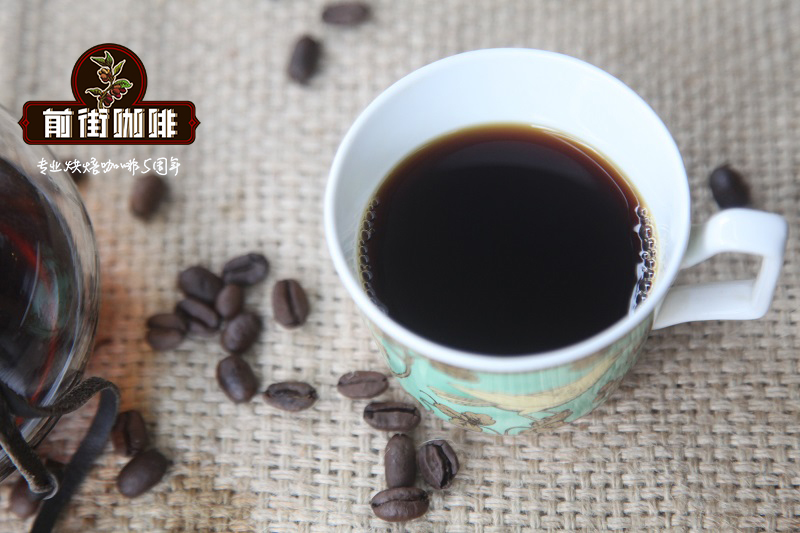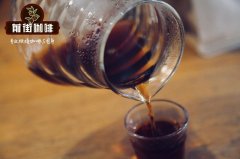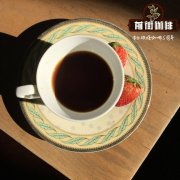Is the Sumatran Coffee of good quality? how to drink well the description of the Regional characteristics of Sumatran Coffee producing areas

Professional coffee knowledge exchange more coffee bean information please follow the coffee workshop (Wechat official account cafe_style)
Coffee is no longer just a morning drink. It is regarded as a personal culture and way of life. From cheap instant coffee to a mysterious and exquisite cup of black gold coffee, coffee lovers around the world wake up in the morning to talk about coffee.
Image 360 °experience Indonesia
Coffee was first introduced to Indonesia from Batavia in what is now Jakarta in 1696 during the Dutch colonial period, when the Netherlands introduced Arabica coffee, which was cultivated on the way from Cibodas National Park to Puncak Peak. This has become one of the top products in the Netherlands. The East India Company VOC first exported Indonesian coffee in 1711, and over the next 10 years, exports grew to 60 tons a year.
In Indonesia, coffee is not only a way of life, but also an important commodity in the country. Indonesia is one of the largest coffee producers in the world, along with Brazil, Vietnam and Colombia. It is not only drunk by Indonesians, but also a source of livelihood for many people. From coffee farmers to coffee traders is an important part of many people's daily lives.
Indonesia introduced Arabica coffee during Dutch rule in the 18th century. Mantenin, known as the 'most important coffee in the world', is the fourth largest producer in the world with an annual output of 7 million bags, of which Arabica accounts for only 10-15%. The main producing areas are in Sumatra, Java and Sulawesi.
In Indonesia, Sumatran coffee on the island of Sumatra is called Mantenin, which is not a variety of Sumatran coffee or a producing area, but it is actually the name of a local race. Lindong is a small town near Lake Toba, which is the largest volcanic lake in the world, and its hinterland is very large, so the quality of Sumatran coffee varies greatly from the north to the east. and this is the highest grade of Sumatran coffee in Lindong.
This area is flat at an altitude of about 1300-1600 meters, and the soil fertility is moderately rich in organic matter. Most coffee trees are shaded and planted. Traditionally, shade trees can maintain moisture and increase soil fertility. Most coffee women carry out weeding and fertilization with their bare hands. Sumatran coffee cherries are harvested and removed artificially when they turn red. Wet pods are placed in a plastic bag for 10-12 hours to ferment, and then pectin, floats and shells are removed manually, rarely using a machine. Unlike Central and South America, Indonesian coffee beans have a unique semi-aqueous method, called Giling Basah treatment (the same as Wet Hulled Process).
Coffee beans treated with Giling Basah have low acidity and thick Body.
Important Notice :
前街咖啡 FrontStreet Coffee has moved to new addredd:
FrontStreet Coffee Address: 315,Donghua East Road,GuangZhou
Tel:020 38364473
- Prev

Sumatran coffee how to drink Sumatran coffee brewing method steps Sumatran coffee introduction
Professional coffee knowledge exchange more coffee bean information please follow the coffee workshop (Wechat official account cafe_style)
- Next

The relationship between Sumatran Coffee and Manning is the recommended Price of Sumatran Coffee Brand
Professional coffee knowledge exchange more coffee bean information please follow the coffee workshop (Wechat official account cafe_style) Indonesia-Sumatra-Lindong Manning coffee beans-Lindong is a small town near Lake Toba, which is the world's largest volcanic lake, the hinterland is very large, so the coffee quality gap from the north to the east will be very large, and this is Lin.
Related
- Does Rose Summer choose Blue, Green or Red? Detailed explanation of Rose Summer Coffee plots and Classification in Panamanian Jade Manor
- What is the difference between the origin, producing area, processing plant, cooperative and manor of coffee beans?
- How fine does the espresso powder fit? how to grind the espresso?
- Sca coffee roasting degree color card coffee roasting degree 8 roasting color values what do you mean?
- The practice of lattes: how to make lattes at home
- Introduction to Indonesian Fine Coffee beans-- Java Coffee producing area of Indonesian Arabica Coffee
- How much will the flavor of light and medium roasted rose summer be expressed? What baking level is rose summer suitable for?
- Introduction to the characteristics of washing, sun-drying or wet-planing coffee commonly used in Mantenin, Indonesia
- Price characteristics of Arabica Coffee Bean Starbucks introduction to Manning Coffee Bean Taste producing area Variety Manor
- What is the authentic Yega flavor? What are the flavor characteristics of the really excellent Yejasuffi coffee beans?

